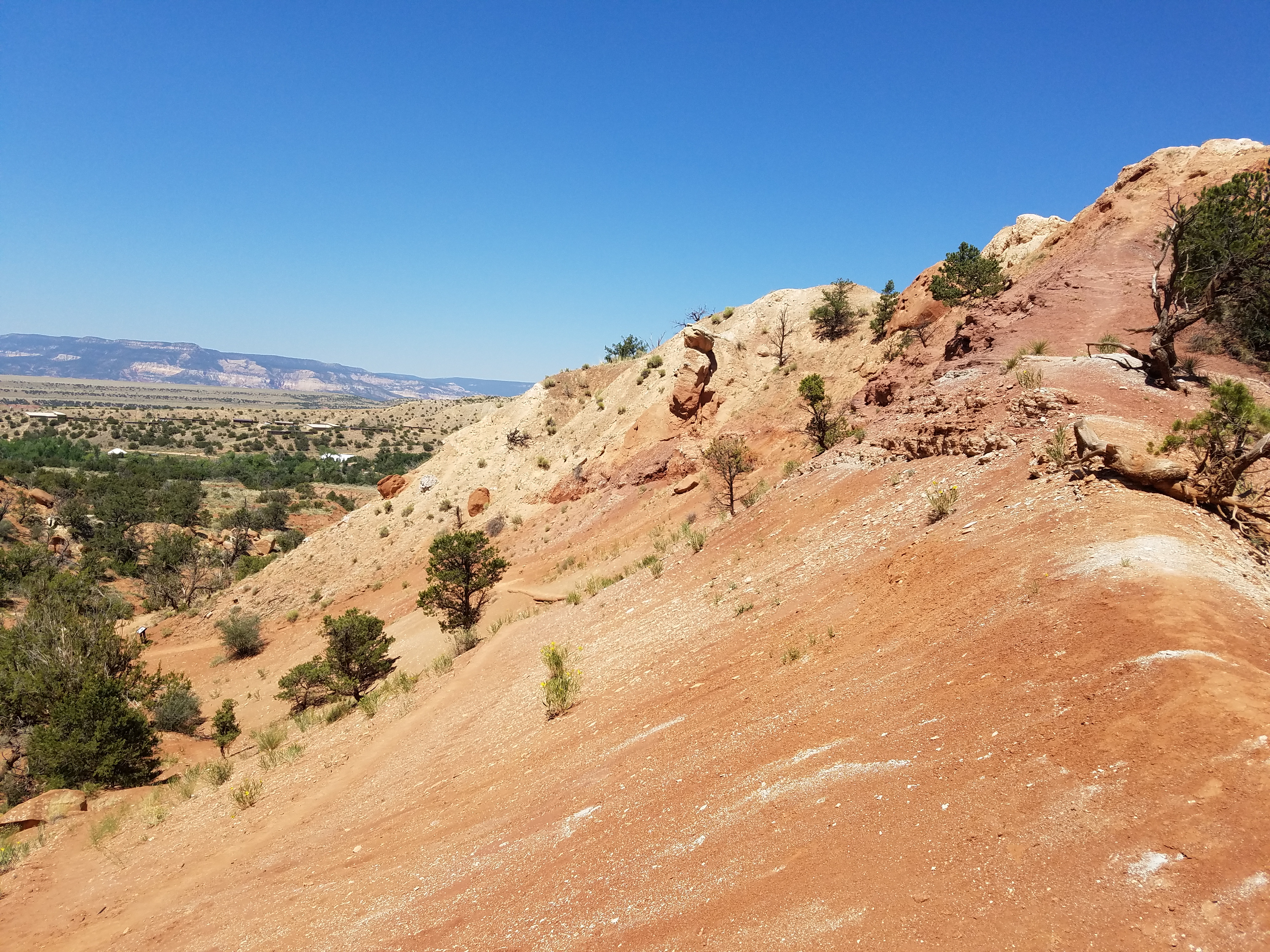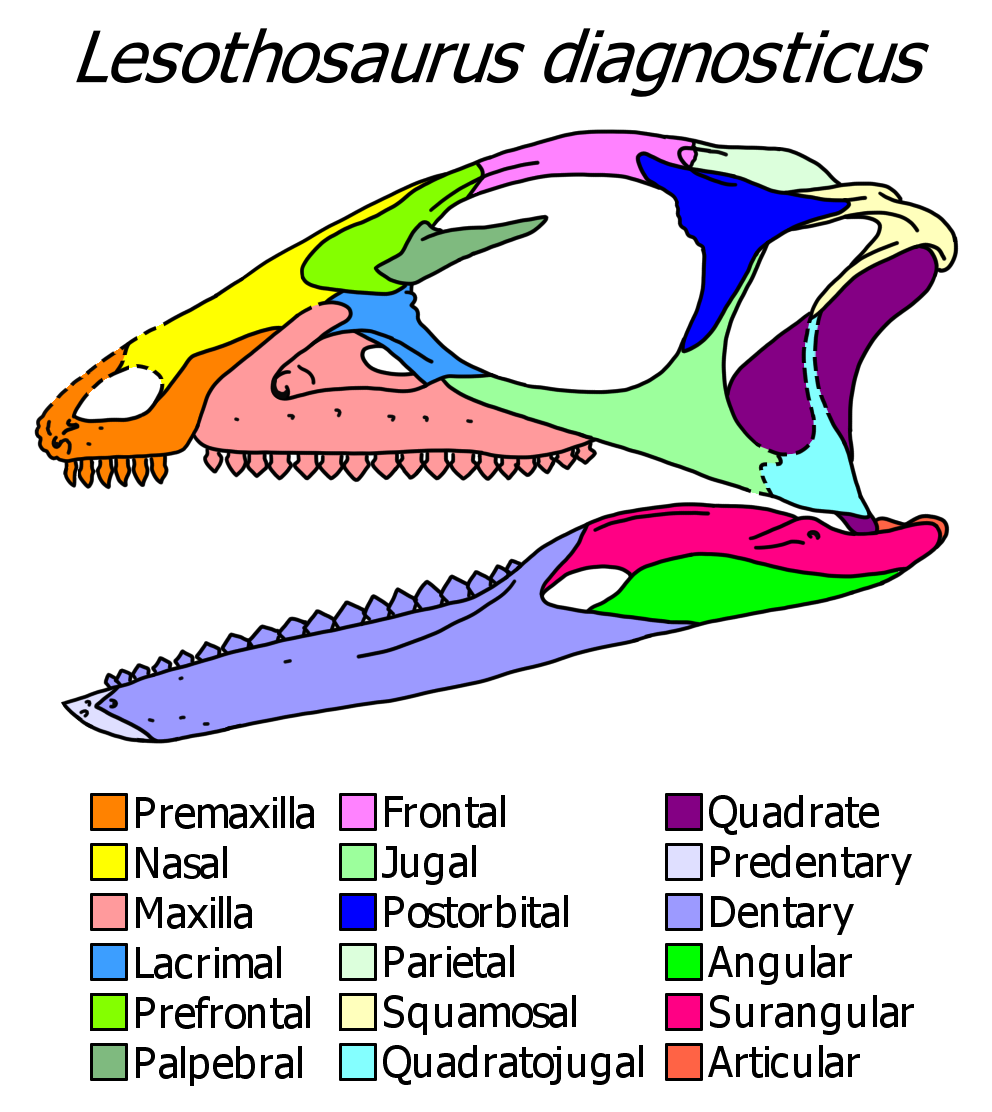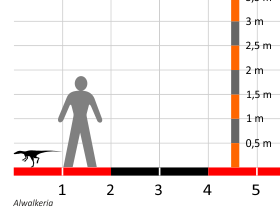|
Saurischian
Saurischia ( , meaning "reptile-hipped" from the Greek ' () meaning 'lizard' and ' () meaning 'hip joint') is one of the two basic divisions of dinosaurs (the other being Ornithischia), classified by their hip structure. Saurischia and Ornithischia were originally called orders by Harry Seeley in 1888, though today most paleontologists classify Saurischia as an unranked clade rather than an order.Weishampel, D.B., Dodson, P., and Osmólska, H. (eds.). (2004). ''The Dinosauria. 2nd edition''. University of California Press, Berkeley. 833 pp. Description All carnivorous dinosaurs (certain types of theropods) are traditionally classified as saurischians, as are all of the birds and one of the two primary lineages of herbivorous dinosaurs, the sauropodomorphs. At the end of the Cretaceous Period, all saurischians except birds became extinct in the course of the Cretaceous–Paleogene extinction event. Birds, as a group of maniraptoran theropod dinosaurs, are a sub-clade of saurisch ... [...More Info...] [...Related Items...] OR: [Wikipedia] [Google] [Baidu] |
Herrerasaurus Ischigualastensis
''Herrerasaurus'' is likely a genus of saurischian dinosaur from the Late Triassic period. Measuring long and weighing around , this genus was one of the earliest dinosaurs from the fossil record. Its name means "Herrera's lizard", after the rancher who discovered the first specimen in 1958 in South America. All known fossils of this carnivore have been discovered in the Ischigualasto Formation of Carnian age (late Triassic according to the ICS, dated to 231.4 million years ago) in northwestern Argentina. The type species, ''Herrerasaurus ischigualastensis'', was described by Osvaldo Reig in 1963 and is the only species assigned to the genus. ''Ischisaurus'' and ''Frenguellisaurus'' are synonyms. For many years, the classification of ''Herrerasaurus'' was unclear because it was known from very fragmentary remains. It was hypothesized to be a basal theropod, a basal sauropodomorph, a basal saurischian, or not a dinosaur at all but another type of archosaur. However, with t ... [...More Info...] [...Related Items...] OR: [Wikipedia] [Google] [Baidu] |
Dinosaurs
Dinosaurs are a diverse group of reptiles of the clade Dinosauria. They first appeared during the Triassic Geological period, period, between 243 and 233.23 million years ago (mya), although the exact origin and timing of the #Evolutionary history, evolution of dinosaurs is a subject of active research. They became the dominant terrestrial vertebrates after the Triassic–Jurassic extinction event 201.3 mya and their dominance continued throughout the Jurassic and Cretaceous periods. The fossil record shows that birds are feathered dinosaurs, Evolution of birds, having evolved from earlier Theropoda, theropods during the Late Jurassic epoch, and are the only dinosaur lineage known to have survived the Cretaceous–Paleogene extinction event approximately 66 mya. Dinosaurs can therefore be divided into avian dinosaurs—birds—and the extinct non-avian dinosaurs, which are all dinosaurs other than birds. Dinosaurs are varied from taxonomy (biology), taxonomic, ... [...More Info...] [...Related Items...] OR: [Wikipedia] [Google] [Baidu] |
Herrerasaur
Herrerasauridae is a family of carnivorous dinosaurs, possibly basal to either theropods or even all of saurischians, or even their own branching from Dracohors, separate from Dinosauria altogether. They are among the oldest known dinosaurs, first appearing in the fossil record around 233.23 million years ago (the Carnian stage of the Late Triassic), before becoming extinct by the end of the Carnian stage. Herrerasaurids were relatively small-sized dinosaurs, normally no more than long, although the holotype specimen of "''Frenguellisaurus ischigualastensis"'' (nowadays considered a synonym of ''Herrerasaurus'' ''ischigualastensis'') is thought to have reached around 6 meters (20 ft) long. The best known representatives of this group are from South America (Brazil, Argentina), where they were first discovered in the 1930s in relation to ''Staurikosaurus'' and 1960s in relation to ''Herrerasaurus''. A nearly complete skeleton of '' Herrerasaurus ischigualastensis'' was discove ... [...More Info...] [...Related Items...] OR: [Wikipedia] [Google] [Baidu] |
Daemonosaurus
''Daemonosaurus'' is an extinct genus of possible theropod dinosaur from the Late Triassic of New Mexico. The only known fossil is a skull and neck fragments from deposits of the latest Triassic Chinle Formation at Ghost Ranch. ''Daemonosaurus'' was an unusual dinosaur with a short skull and large, fang-like teeth. It lived alongside early Neotheropoda, neotheropods such as ''Coelophysis'', which would have been among the most common dinosaurs by the end of the Triassic. However, ''Daemonosaurus'' retains several Plesiomorphy and symplesiomorphy, plesiomorphic ("primitive") traits of the snout, and it likely lies outside the clade Neotheropoda. It may be considered a late-surviving basal (phylogenetics), basal theropod or non-theropod basal Saurischia, saurischian, possibly allied to other early predatory dinosaurs such as Herrerasauridae, herrerasaurids or ''Tawa hallae, Tawa''. Discovery ''Daemonosaurus'' is known from a single fossil, the holotype CM 76821, which consists of ... [...More Info...] [...Related Items...] OR: [Wikipedia] [Google] [Baidu] |
Theropod
Theropoda (; from ancient Greek , (''therion'') "wild beast"; , (''pous, podos'') "foot"">wiktionary:ποδός"> (''pous, podos'') "foot" is one of the three major groups (clades) of dinosaurs, alongside Ornithischia and Sauropodomorpha. Theropods, both extant and extinct, are characterized by hollow bones and three toes and claws on each limb. They are generally classed as a group of saurischian dinosaurs, placing them closer to sauropodomorphs than to ornithischians. They were ancestrally carnivorous, although a number of theropod groups evolved to become herbivores and omnivores. Members of the subgroup Coelurosauria and possibly some other or all theropods were covered in feathers. In the Jurassic, birds evolved from small specialized coelurosaurian theropods, and are currently represented by about 11,000 living species, making theropods the only group of dinosaurs alive today. Theropods first appeared during the Carnian age of the late Triassic period ... [...More Info...] [...Related Items...] OR: [Wikipedia] [Google] [Baidu] |
Theropoda
Theropoda (; from ancient Greek [wiktionary:θηρίον, , (''therion'') "wild beast"; wiktionary:πούς, , wiktionary:ποδός, (''pous, podos'') "foot"]) is one of the three major groups (Clade, clades) of Dinosaur, dinosaurs, alongside Ornithischia and Sauropodomorpha. Theropods, both extant and extinct, are characterized by hollow bones and three toes and claws on each limb. They are generally classed as a group of saurischian dinosaurs, placing them closer to sauropodomorphs than to ornithischians. They were ancestrally carnivorous, although a number of theropod groups evolved to become herbivores and omnivores. Members of the subgroup Coelurosauria and possibly some other or all theropods were covered in Feather, feathers. In the Jurassic, birds evolved from small specialized coelurosaurian theropods, and are currently represented by about 11,000 living species, making theropods the only group of dinosaurs alive today. Theropods first appeared during the Ca ... [...More Info...] [...Related Items...] OR: [Wikipedia] [Google] [Baidu] |
Ornithischia
Ornithischia () is an extinct clade of mainly herbivorous dinosaurs characterized by a pelvic structure superficially similar to that of birds. The name ''Ornithischia'', or "bird-hipped", reflects this similarity and is derived from the Greek stem ' (), meaning "bird", and ' (), meaning "hip". However, as theropod dinosaurs, birds are only distantly related to this group. Ornithischians with well known anatomical adaptations include the ceratopsians or "horn-faced" dinosaurs (e.g. ''Triceratops''), the pachycephalosaurs or "thick-headed" dinosaurs, the armored dinosaurs ( Thyreophora) such as stegosaurs and ankylosaurs, and the ornithopods. There is strong evidence that certain groups of ornithischians lived in herds, often segregated by age group, with juveniles forming their own flocks separate from adults. Some were at least partially covered in filamentous (hair- or feather- like) pelts, and there is much debate over whether these filaments found in specimens of '' Ti ... [...More Info...] [...Related Items...] OR: [Wikipedia] [Google] [Baidu] |
Maleriraptor
''Maleriraptor'' is an extinct genus of herrerasaurian saurischian dinosaurs from the Late Triassic (Norian) Upper Maleri Formation of India. The genus contains a Monotypic taxon, single species, ''M. kuttyi'', known from a partial skeleton. Discovery and naming The ''Maleriraptor'' holotype specimen, ISIR 282, was collected at some point prior to 1985 from outcrops of the Upper Maleri Formation of the Pranhita–Godavari Basin near Annaram in south-central India. The specimen consists of the first , part of the second sacral rib, a vertebra representing a caudosacral element or the first in the series, an Anatomical terms of location#Anterior and posterior, anterior (toward the front) caudal vertebra, the right , both ends of the right , and part of the left pubis. ISIR 282 is accessioned at the Indian Statistical Institute. ISIR 282 was first described in a 2011 publication by Novas et al. reporting several new dinosauriform specimens from the Upper Maleri Formation. They n ... [...More Info...] [...Related Items...] OR: [Wikipedia] [Google] [Baidu] |
Alwalkeria
''Alwalkeria'' (; "for Alick Walker") is an extinct genus of basal saurischian dinosaur from the Late Triassic Lower Maleri Formation of India. Discovery and naming ''Alwalkeria'' was originally named ''Walkeria maleriensis'' by Sankar Chatterjee in 1987, in honor of British paleontologist Alick Walker. However, since the original generic name was found to be preoccupied by a bryozoan, the name ''Alwalkeria'' was created in 1994 by Chatterjee and Ben Creisler: the specific name ''maleriensis'' is a reference to the Lower Maleri Formation, in southern India, where its fossils were found. In 2005, Rauhut and Remes found ''Alwalkeria'' to be a chimera, with the anterior skull referable to a crurotarsan, and the vertebrae referable to various other ancient reptiles including Prolacertiformes; the femur and the astragalus are clearly dinosaurian, however, with the latter possessing saurischian characteristics. In 2011, Novas and colleagues argued that ''Alwalkeria'' remains va ... [...More Info...] [...Related Items...] OR: [Wikipedia] [Google] [Baidu] |
Chindesaurus
''Chindesaurus'' ( ) is an extinct genus of basal saurischian dinosaur from the Late Triassic (213-210 million years ago) of the southwestern United States. It is known from a single species, ''C. bryansmalli'', based on a partial skeleton recovered from Petrified Forest National Park in Arizona. The original specimen was nicknamed "Gertie", and generated much publicity for the park upon its discovery in 1984 and airlift out of the park in 1985. Other fragmentary referred specimens have been found in Late Triassic sediments throughout Arizona, New Mexico, and Texas, but these may not belong to the genus. ''Chindesaurus'' was a bipedal carnivore, approximately as large as a wolf.Holtz, Thomas R. Jr. (2012) ''Dinosaurs: The Most Complete, Up-to-Date Encyclopedia for Dinosaur Lovers of All Ages,'Winter 2011 Appendix. ''Chindesaurus''s classification is debated, and various papers have had different conclusions on its affinities. Its fossils were originally believed to belong to "pro ... [...More Info...] [...Related Items...] OR: [Wikipedia] [Google] [Baidu] |








